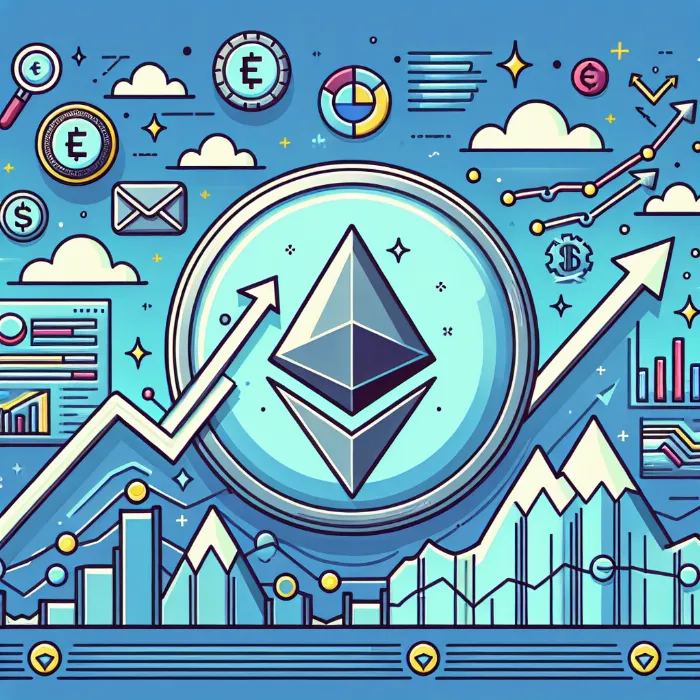A Tense Trading Day for Indian Markets
Today, the Indian stock market experienced a turbulent trading session marked by intense global uncertainty. The BSE Sensex, which opened the day sharply lower, initially plunged nearly 900 points following the weekend's escalation between the United States and Iran. The fallout from the U.S. airstrikes on Iranian nuclear sites sent shockwaves through global markets, and India was no exception.
Despite a strong recovery effort by mid-day, the Sensex managed to recover only partially and closed the day over 600 points lower, highlighting deep investor anxiety over geopolitical risks and their possible impact on oil prices, inflation, and global trade flows.
🌍 Global Tensions Shake Markets – U.S.–Iran Conflict Rattles Investors
The market's initial panic was largely driven by the news that U.S. fighter jets conducted precision airstrikes on key Iranian nuclear facilities, including Natanz and Fordow. This was seen as a significant military escalation, sparking fears of potential retaliation from Iran, threats to oil supplies through the Strait of Hormuz, and broader instability across the Middle East.
Geopolitical shocks of this nature often trigger a risk-off sentiment in global markets. Today, that sentiment led to a global sell-off across equities, particularly in Asian and emerging markets, which are seen as more vulnerable to oil price shocks and capital outflows.
🛢️ Crude Oil Surges as Middle East Tensions Intensify
One of the biggest concerns weighing on the Sensex today was the spike in global crude oil prices. With fears that Iranian retaliation could disrupt oil shipments, especially in the Gulf region, Brent crude futures soared past $81 per barrel, hitting a five-month high.
This surge in oil prices raised fears of imported inflation in India, which heavily depends on oil imports. Higher oil prices threaten to widen India’s current account deficit, increase fiscal pressures, and negatively impact corporate earnings, especially in sectors like transport, chemicals, aviation, and manufacturing.
🧠 Investor Sentiment Wobbles – Volatility Takes Over
Investor psychology today was dominated by uncertainty and fear. The India VIX, a measure of market volatility, jumped more than 3.4%, indicating heightened anxiety. With few clear answers about how the geopolitical tensions will evolve, most traders opted for defensive strategies, booking profits or reducing exposure to high-risk stocks.
Market experts warned against knee-jerk reactions, but the sheer unpredictability of international military events made it difficult to maintain confidence. The mood was one of cautious watchfulness, rather than full-blown panic, but the tone was certainly risk-averse.
📊 Market Recap: Sensex and Nifty Performance
The Sensex opened around 900 points lower, quickly tumbling to an intraday low of 81,520. However, by noon, bargain buying and recovery in select sectors pulled the index back up to around 82,100, where it eventually settled.
On the other hand, the Nifty 50 dropped below the 24,800 mark, losing more than 180 points intraday. It too recovered from lows but closed with substantial losses, unable to escape the shadow of geopolitical stress.
🏦 Sector-Wise Breakdown – Who Gained, Who Suffered
While most sectors ended in the red, some areas saw selective gains due to defensive buying. Here’s a look at sectoral movements:
📉 Sectors That Fell:
The IT sector took a hit amid concerns about global economic slowdown. TCS, Infosys, and Wipro all ended lower. The sector was also affected by weak outsourcing data from Accenture, which hinted at slower deal wins globally.
Banking and financial services witnessed heavy selling in early trade, but private banks like Kotak Mahindra and ICICI Bank managed to trim losses by the end.
Auto stocks, which are sensitive to oil prices and inflation, also came under pressure. Rising fuel costs are seen as negative for demand recovery in the automobile sector.
📈 Sectors That Recovered:
Interestingly, defence-related and heavy industries saw some positive action. Stocks like Bharat Electronics, Paras Defence, and HAL gained as markets anticipated a possible rise in defence spending by the government amid growing security concerns.
Pharmaceuticals and FMCG were relatively resilient due to their defensive nature and steady demand outlook, even in times of economic uncertainty.
💬 Market Voices – Experts Weigh In
Many market experts provided their insights on the unfolding situation:
Ajay Bagga, market veteran, said that while the market reaction is justified, the situation could stabilize if there is no further escalation.
VK Vijayakumar, Chief Strategist at an investment firm, emphasized that “corrections driven by geopolitical fears are usually short-lived unless the situation worsens dramatically.”
Shibani Kurian, fund manager, advised investors to stay calm, highlighting that long-term structural stories in India remain strong, particularly in manufacturing, banking, and digital sectors.
💹 Rupee Shows Resilience, But Risks Remain
Despite the negative market sentiment, the Indian Rupee managed to strengthen slightly, trading near ₹86.55 against the U.S. Dollar. However, currency analysts warned that if oil prices continue to climb or foreign investors start pulling out, the rupee could weaken beyond ₹87, adding to India’s import costs.
🛡️ Tips for Retail Investors in Volatile Times
With uncertainty hanging in the air, here are some useful tips for small investors looking to manage their portfolios smartly:
Stay invested in quality stocks – Companies with strong fundamentals, good cash flow, and consistent growth will weather the storm better than high-risk, speculative bets.
Avoid panic selling – Selling in fear often leads to losses. Unless your investment goals have changed, stay committed to your strategy.
Diversify your portfolio – Don’t put all your money in one sector. A mix of equity, debt, gold, and global assets can help reduce overall risk.
Use SIPs to your advantage – Systematic Investment Plans (SIPs) help average out the cost of investment over time, especially when markets are choppy.
Watch for buying opportunities – Volatility often creates chances to buy high-quality stocks at discounted prices. Keep some liquidity ready if you’re planning to enter the market.
Follow the news, not the noise – Focus on reliable news sources and avoid reacting to rumors or social media panic.
🔮 What Lies Ahead – Key Triggers to Watch
The road ahead remains uncertain. While some calm was restored by the end of the day, multiple factors could influence market direction in the coming days:
1. Iran’s Response: Any retaliation by Iran could trigger further sell-offs and drive oil prices higher.
2. Crude Oil Movement: If oil stays above $80 or climbs further, Indian inflation and fiscal metrics could be affected.
3. U.S. Federal Reserve Commentary: The Fed’s stance on interest rates and inflation will impact global liquidity.
4. Indian Monsoon: Rainfall trends will affect food inflation, rural demand, and agricultural output.
5. FII Activity: Foreign Institutional Investors (FIIs) are closely watching geopolitical developments. Sudden withdrawals can pressure the rupee and stocks.
✅ Conclusion – Stay Grounded in the Storm
While today’s market movement was unsettling, it was not unprecedented. Markets around the world react sharply to geopolitical tensions, especially when they involve major oil-producing regions. However, history shows that unless war breaks out on a large scale, markets tend to recover within weeks or months.
India’s long-term growth story remains intact. Investors should remain calm, evaluate risks, and stick to their long-term goals. Avoid speculative moves and rely on disciplined investing strategies to navigate the volatility.
Keep your eyes open, your hands steady, and your focus long-term. Storms may come and go, but strong portfolios built on research and patience will always shine through.

















Comments 0